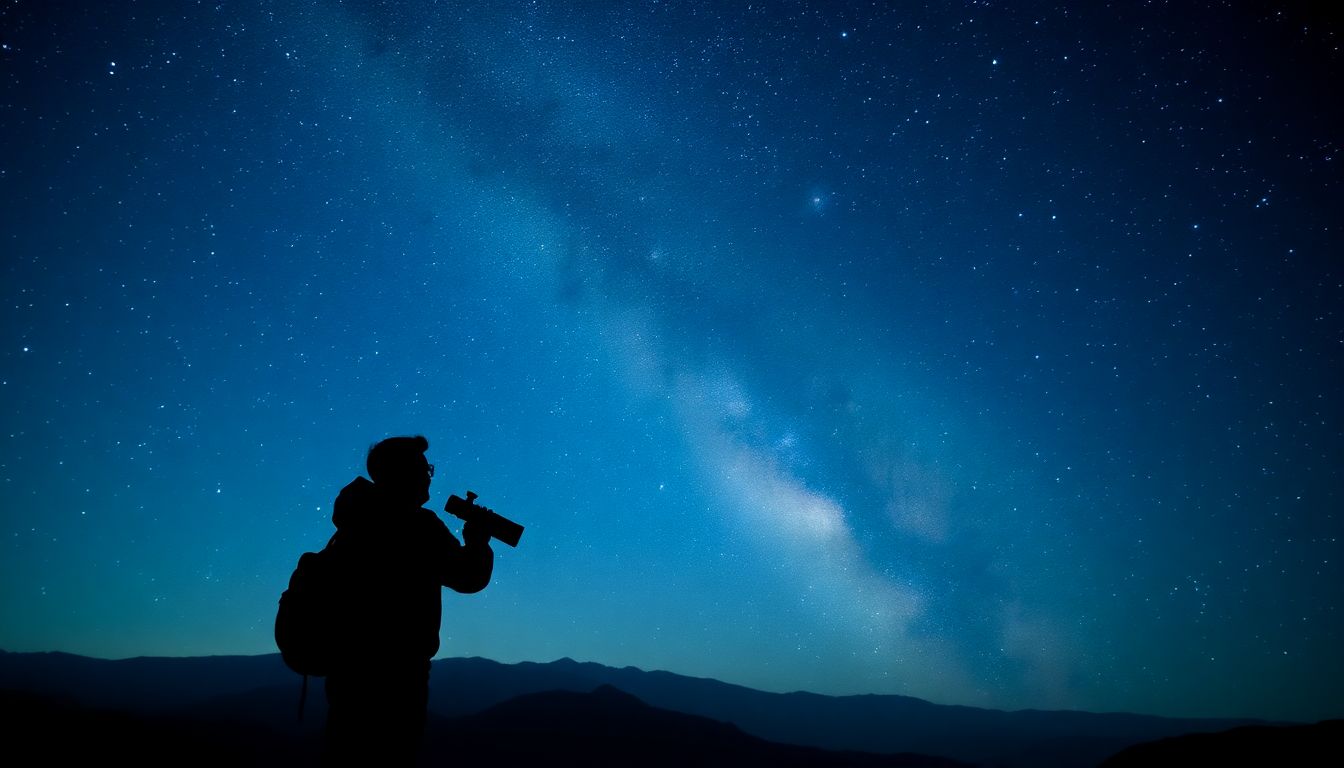
How to Spot the Brightest Stars in the Night Sky
Introduction
Imagine lying under a clear night sky, marveling at thousands of tiny pinpoints of light. Star gazing isn’t just pretty—it’s a window into the universe. For beginners, spotting the brightest stars makes the experience easier and more exciting. Knowing which stars shine the brightest helps you plan better outings and deepens your understanding of space. Plus, it’s a great way to impress friends and learn about celestial events.
Understanding Stellar Brightness and Magnitude
What is Stellar Brightness?
Stellar brightness, or apparent magnitude, tells us how bright a star looks from Earth. It’s like comparing flashlights: some shine brighter to us than others. Bright stars can have negative or low numbers, like Sirius, which is around magnitude -1.5, making it one of the clearest in the sky. Dimmer stars may have a magnitude of 5 or 6, which are harder to see without help.
How Magnitude Measures Star Brightness
The magnitude scale goes back hundreds of years. Lower numbers mean brighter stars. For example, a star with magnitude 1 is brighter than one with magnitude 3. This scale measures how bright stars appear but not how far away they are. Weather and atmospheric conditions can also make stars look dimmer or brighter than they truly are.
The Brightest Stars in the Sky
Some stars have become famous for how bright they appear. Sirius, in the constellation Canis Major, is the brightest star visible from Earth. Canopus in the Southern Hemisphere holds second place. Alpha Centauri is the closest star system we can see. Vega, part of the Summer Triangle, shines brightly in summer nights. These stars have magnitudes close to 0 or even negative values, catching your eye easily.
Factors Influencing Star Visibility
Light Pollution and Its Impact
Light pollution from cities makes it tough to see faint stars. It’s like trying to watch fireflies in a city street light. Urban areas can hide hundreds of stars that are visible in rural night skies. To get the best view, go to places far from streetlights or use dark sky sites. Many national parks host star-gazing events for this reason.
Atmospheric Conditions
Fog, clouds, and high humidity can block your view of the stars. Even slight haze dims their glow. Clear, dry nights provide the best conditions. Also, the atmosphere bends light slightly—a phenomenon called refraction—that can make stars appear to twinkle more or less bright, affecting how we see them.
Moon Phases and Their Effect
A full moon floods the night sky with light, washing out the faint stars. The best nights for star spotting are during a new moon or when the moon is just a thin crescent. Lunar calendars help you plan ahead so you won’t miss the brightest stars when the moon is least visible.
How to Identify the Brightest Stars in the Night Sky
Using Star Charts and Apps
Smartphone apps like SkyView or Star Walk make star hunting simple. These tools show you a map of the night sky, even during the day. Just point your device upward; it will tell you what stars and planets are overhead. Star charts are also helpful, especially for learning constellations, which often contain the brightest stars.
Recognizing Bright Stars Without Equipment
If you don’t have a telescope, look for stars that stand out by their brightness. Betelgeuse, in Orion, is a reddish giant easily spotted in winter. Vega, part of the Summer Triangle, shines brightly in summer. Bright stars often appear as steady points of light, not twinkling as much as dimmer stars.
Drawing Connections with Constellations
Bright stars serve as landmarks in constellations. They make it easier to find your way around the night sky. For example, Orion’s Belt features three bright stars in a straight row. The Summer Triangle includes Vega, Deneb, and Altair. Learning these helps you identify other features and navigate confidently.
Practical Tips for Improved Star-Gazing
Timing and Location
The best time to see the brightest stars is when the sky is darkest, usually after midnight. Elevated places like hills or mountains offer clearer views. Avoid bright city lights and find dark sky parks for a better experience. Attending star-gazing events or joining local astronomy clubs also enhances your chances.
Equipment and Enhancements
Binoculars are perfect for beginners. They make stars appear sharper and reveal more detail. Small telescopes can bring planets and star clusters into view. Use red light flashlights during your outing; they help preserve night vision so you can see more stars clearly.
Safety and Preservation
Always plan your night trips with safety in mind—bring warm clothing, and let someone know where you’re going. Respect dark sky sites by avoiding unnecessary lights or noise. Participating in dark sky initiatives helps save these precious views for everyone.
Conclusion
Spotting the brightest stars relies on understanding their apparent brightness, minimizing light pollution, and knowing when to look. Tools like star apps and constellations act as your guides in this adventure. The joy of recognizing a giant, reddish Betelgeuse or the shining Sirius is unmatched. So, plan a night under the stars, be patient, and enjoy the quiet beauty of the universe. Your next dazzling sky awaits.

